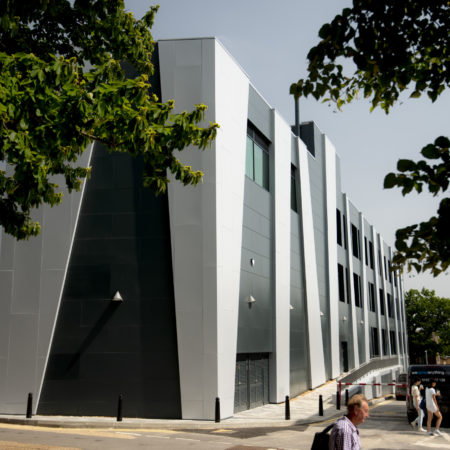Better Construction Processes Mean Better Outcomes For Staff And Learners
Outcomes delivered by any project are generally determined by the outcomes you plan for (or fail to plan for). That might sound a bit simplistic, but conscious planning of outcomes is highly relevant for today’s education building programmes.
Modern construction processes allow us to be much more sophisticated about planned outcomes. We have the means to collaborate over designs, visualise different options, try them out in a 3D environment and then build exactly as designed.
We can be much more ambitious than simply targeting floor areas, numbers of classrooms and other specification-driven requirements. We can expand our thinking into considering how planned new education buildings will work in practice and how they can improve people’s lives.
RIBA highlighted the importance of good school design for all stakeholders back in 2016.
Beneficial outcomes are defined from different perspectives. It could be about creating a healthy learning environment with excellent air quality and plenty of natural light. Or, it could be configuring the design to meet the specific needs of SEND students.
Diverse Outcomes
Educators want practical solutions that make their job easier. Managers want facilities that are easy to maintain and where students can circulate easily. And we all want an outcome that moves us closer to net zero carbon.
When Royal Holloway University set out to create a new home for its Electronic Engineering Department they were particularly interested in sustainability and inclusion. The vision was for flexible laboratories blended with new lecture theatres and collaborative student spaces designed to inspire innovation.
The building had to be flexible and easy to reconfigure as needs changed. A long span, flat slab structural solution allowed for easy future reconfiguration of partitions and service distribution systems. Column-free floor plates provide unobstructed sight lines and maximum flexibility for alternative teaching methods and room arrangements.
Processes and Outcomes
Linking the highly collaborative design process with offsite componentry including pre-cast concrete, metal steel framing systems and large format rainscreen cladding made the construction phase rapid and cost-efficient (also important project outcomes). The building achieved BREEAM ‘Excellent’, partly thanks to natural ventilation, energy efficient plant and PV solar arrays.
Alongside the technical and functional outcomes, the design of the Beatrice Shilling Science Building also succeeded in creating a welcoming environment to promote inclusion. In the first year female student numbers grew by 30% against a national average of 14%.
Collaborative and conscious planning of outcomes is a feature of every Osborne education building programme. To find out more take a look at our resource centre, browse our case studies or contact Mike Peskin ([email protected]).

